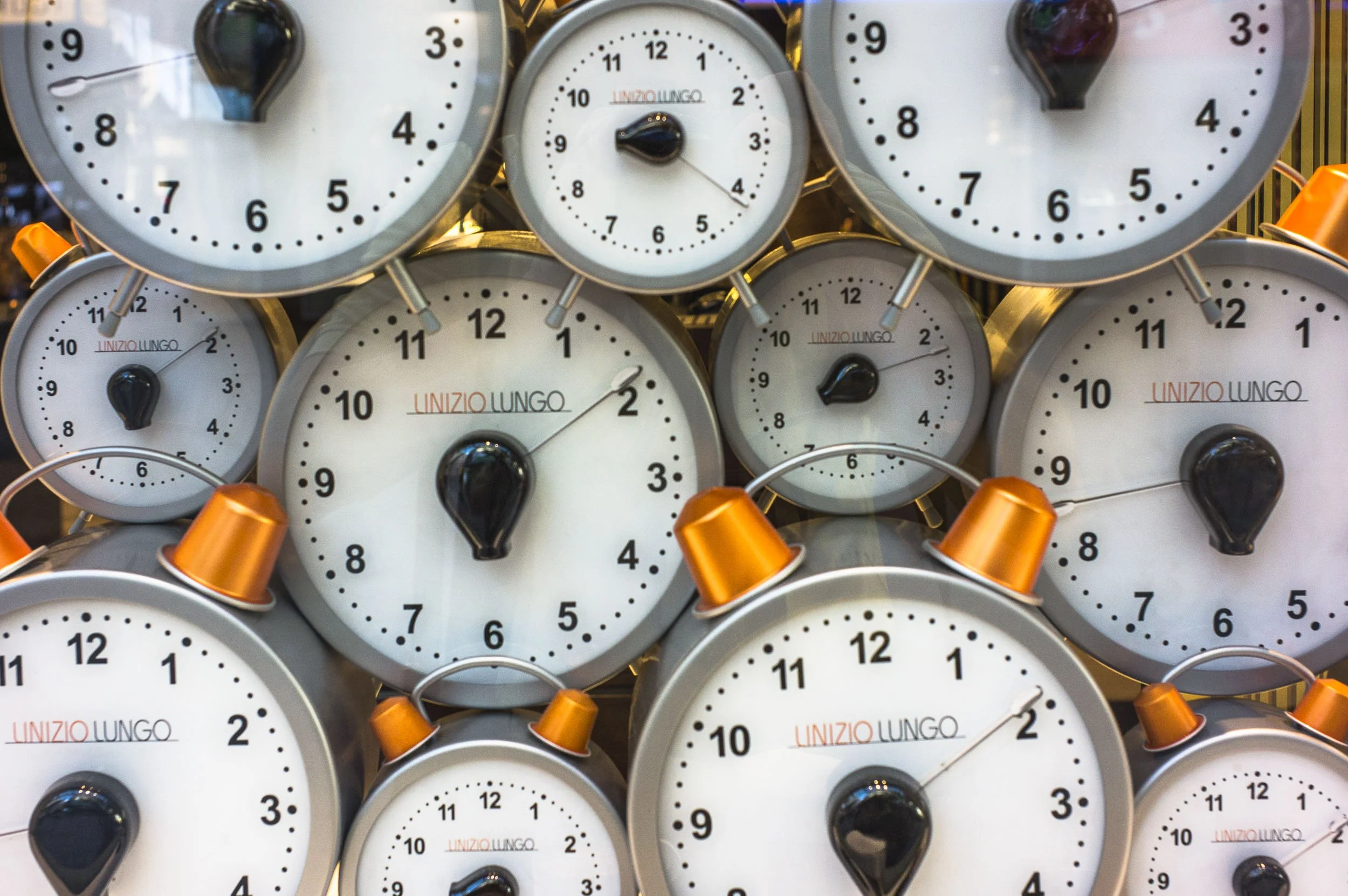Recovering a sense of history
The spectacular consumer capitalist culture has appropriated the Benjamin figure of the flaneur as a producer of culture and transformed it into the figure of a mere consumer walking around the city finding pleasure in windowshopping. Everything in an industrial capitalist (and thereby also a consumer) society is presented as new, fashionable and desirable — as progressive, happening, groovy, now, hip — reveals the ever-same of the commodity form and the inevitable betrayal of the dreams of happiness of its consumers.
The wishes and dreams of a phantasmagoria capitalist culture are always hopeful of eternity but inevitably premised as fashionable, fickle, fleeting, and therefore transitory, are expressed in concrete and material form in such a space: in artefacts, architecture, technological apparatus, pictures and illustrations, old adverts, signs, brands — each is imagined as if it will be the best and will last forever, but most will only last a short time.
This capitalist consumer culture either forgets history, or recasts it as fate or the ever-same. History becomes nature. What is historical appears as natural. Only when such novel commodities, architectures and confident expressions to the idea of progress fall into ruin and decay does their initial promise reveal its hollowness and its frailty. Department stores now look tired when compared to the newer suburban shopping malls
coffee
Though Benjamin treats the notion of phantasmagoria as another word for commodity fetishism he also held that there was a ghostly utopian wish-images of the past contained in what he described as phantasmagoric (what he alsocalls ‘dream-houses of the collective’: arcades, department stores, world fairs, bourgeoisinteriors, cities) that was in need of redeeming rather than just critiquing as ideology. He wanted to redeem the genuine utopian hopes of humanity that were contained in ideals of luxury, abundance, comfort and ease from their betrayal by capitalism.
One way for a creative photography to step away from being uncritically immersing in the commodity dream world of a consumer culture (a phantasmagoria of myth, dream and fantasy) over powering our visual sense and experience is to recover a sense of history; a sense of what has been. It is to grasp consumer culture as historical (what has been) where it appears most natural.
We can resist and break out of being spell bound by urban modernity’s consumer capitalist images if we connect the present with history. to a more reflective state of being and then to question and counter a consumer culture that either forgets history, or recasts it as fate or the ever-same. History becomes nature. The step is to reconceive history against the smooth, mechanical functioning of history that goes by the name of progress..
Twin St, Adelaide, 2011
Does walking or drifting (dérive) around Adelaide, as a rnodern capitalist city with its fragmentation of experience (Erlebnis) and its endless celebration of the now, reveal its history, its hidden messages, potential energies, or the buried traces and past memories of the utopian wish-images of a richer mode of existence and experience?



